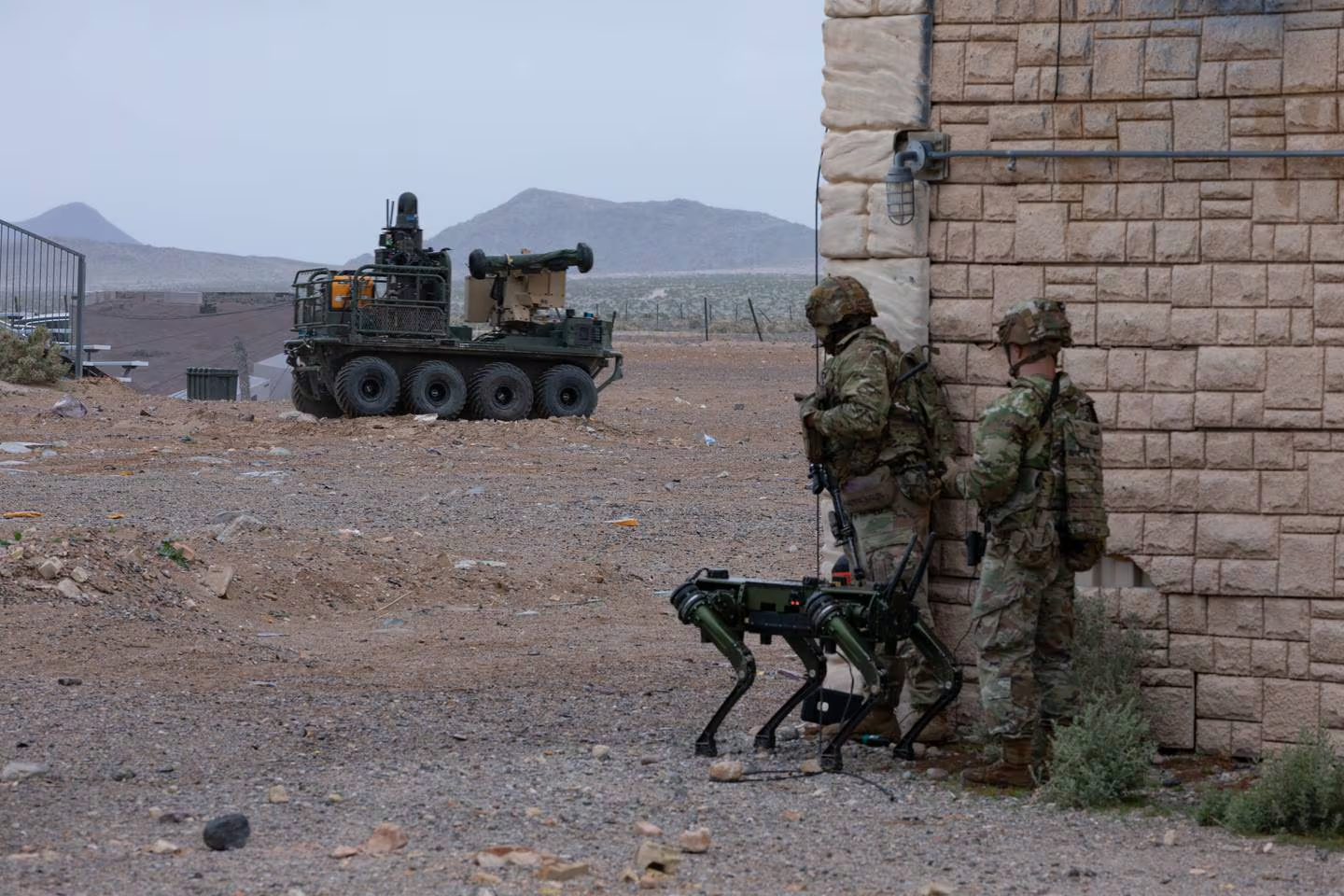
Key Points:
- The U.S. Army is actively developing integrated combat formations where both robotic systems and human soldiers operate as a coordinated force.
- The primary goal is to reduce risks to soldiers and increase battlefield effectiveness using autonomous and semi-autonomous robotic weapons systems.
- Challenges include technical aspects like network security and component sourcing, as well as adapting military procurement processes to be more agile.
The Rise of Robot Warriors
In a scene resembling a science fiction movie, swarms of autonomous drones and robotic ground vehicles descend on a mock village held by enemy forces. Soldiers, equipped with advanced digital tracking, monitor the situation in real-time as the machines execute their mission: clearing out threats and leading the charge to reclaim the territory.
This is a recent glimpse into a new era of warfare, where the U.S. Army is experimenting with integrating human soldiers and autonomous robots into a coordinated combat force. With a focus on reducing soldier risk and increasing battlefield awareness, this human-machine integration could fundamentally change how future wars are fought.
Project Convergence: A Testing Ground
The demonstration at Fort Irwin’s National Training Center was part of Project Convergence, an ongoing Army initiative to accelerate the development and adoption of robotic warfare capabilities. “We will never again trade blood for first contact,” said Gen. James Rainey, head of Army Futures Command, underscoring the commitment to prioritize machine-driven scouting and combat actions.
Challenges and Opportunities
Army leaders acknowledge that building a seamless robot-soldier fighting force is a complex undertaking. Technical challenges, such as ensuring reliable networks and cybersecurity, are paramount. Additionally, Alexander Miller, chief technology officer to Army Chief of Staff Gen. Randy George, noted the importance of securing U.S.-produced components, a vulnerability highlighted by recent global conflicts.
However, the convergence of commercial technology advancements– from more powerful AI to miniaturized sensors– is creating new opportunities for the Army to rapidly adopt and customize robotic systems. The goal is to create formations where robots can offload risks, provide additional battlefield intelligence, and ultimately save soldiers’ lives.
Beyond Tech: Adapting the Army
Perhaps the biggest hurdle is not acquiring the technology itself but revamping existing procurement processes. General George expressed the need for more flexibility to purchase and modify small quantities of new systems as they are proven in the field, rather than the current protracted development cycles.
The Army is also emphasizing the need for adaptable software – allowing for quick upgrades and fixes to robot capabilities as the nature of warfare changes.
While the integration of human-machine combat teams is still in its early stages, the Army’s ambitious vision for the future is clear. It’s a future where cutting-edge robots and AI-powered battlefield awareness systems work hand-in-hand with human soldiers, shifting away from ‘first blood’ scenarios toward safer, more effective combat.